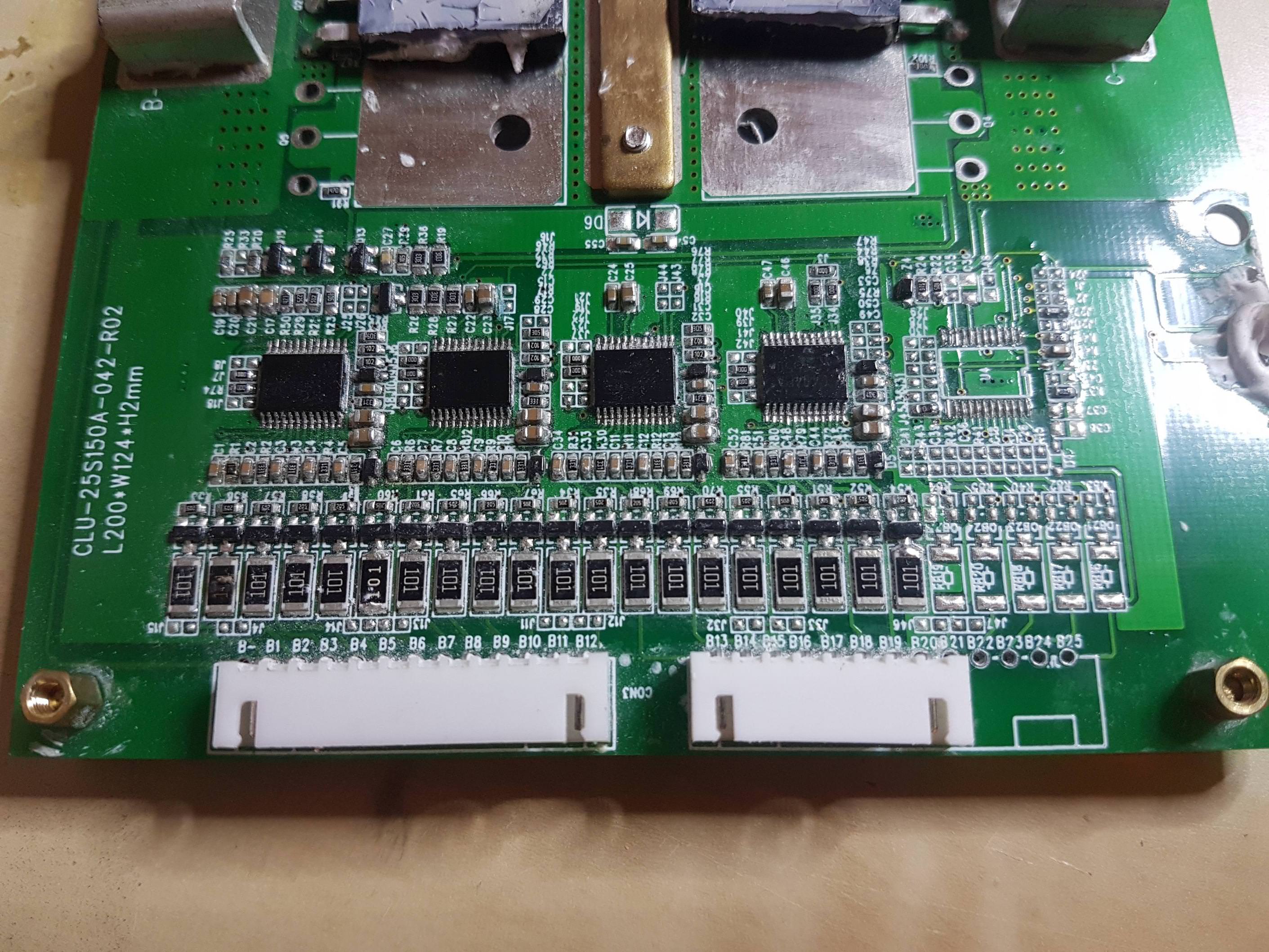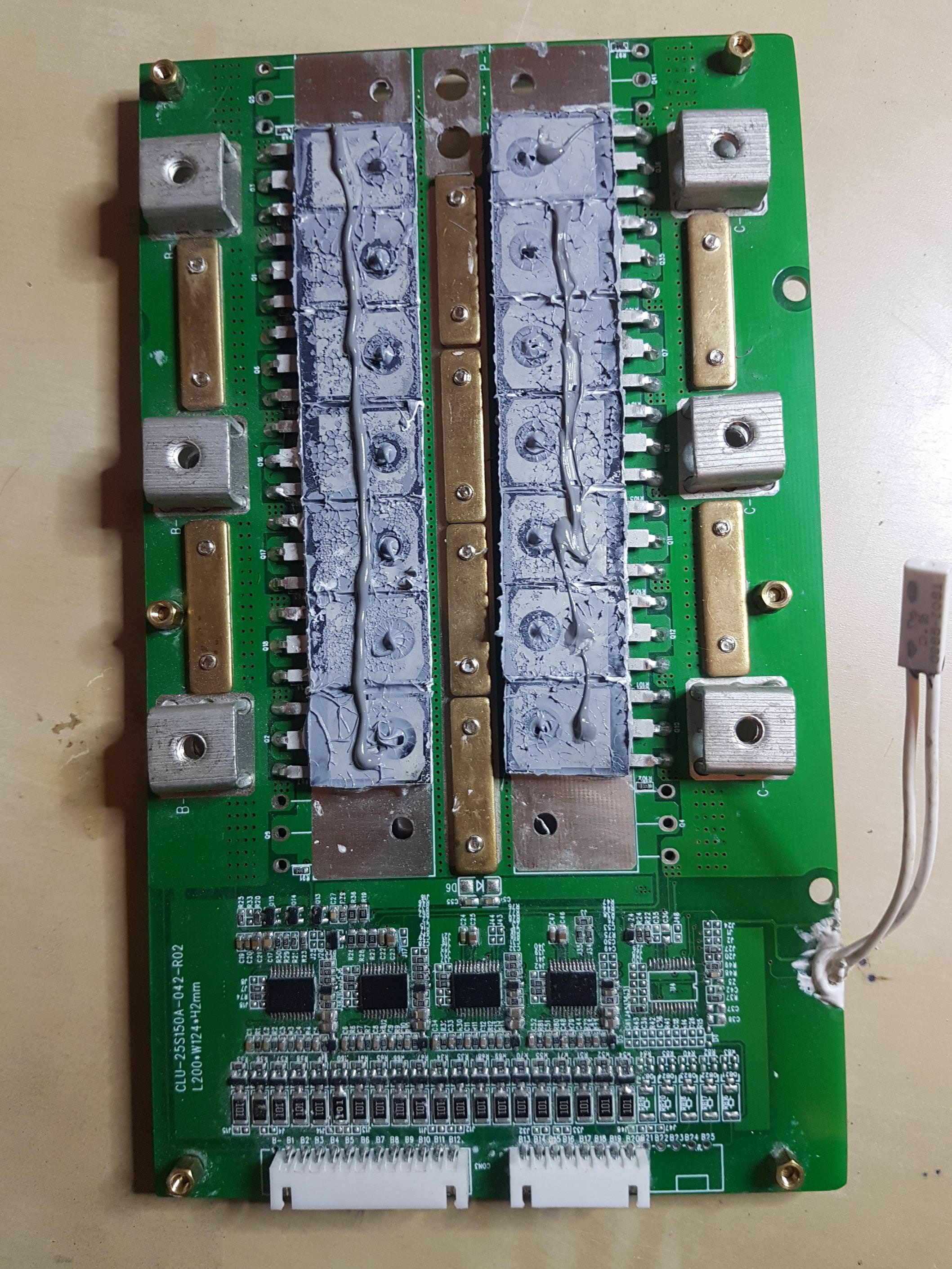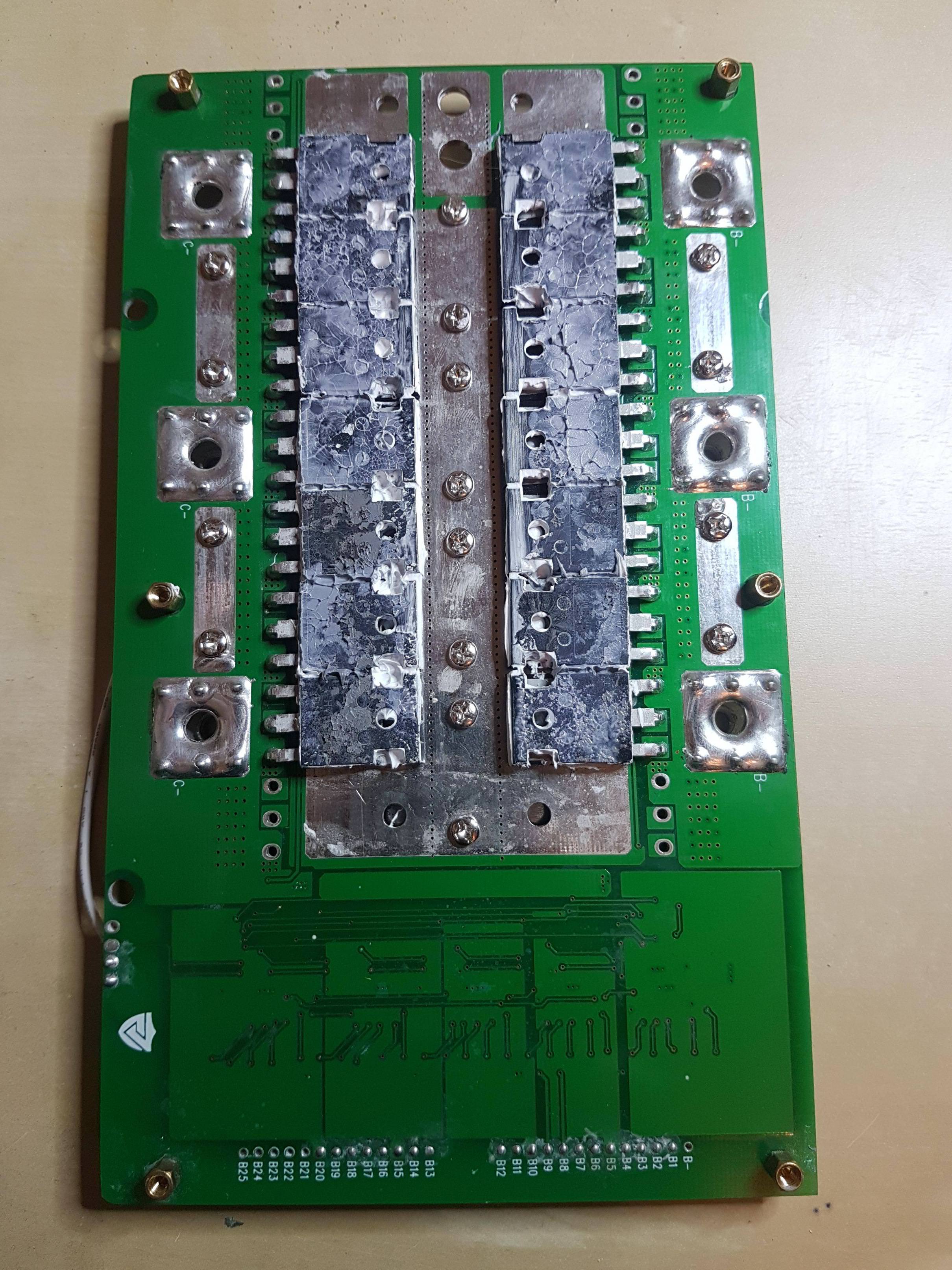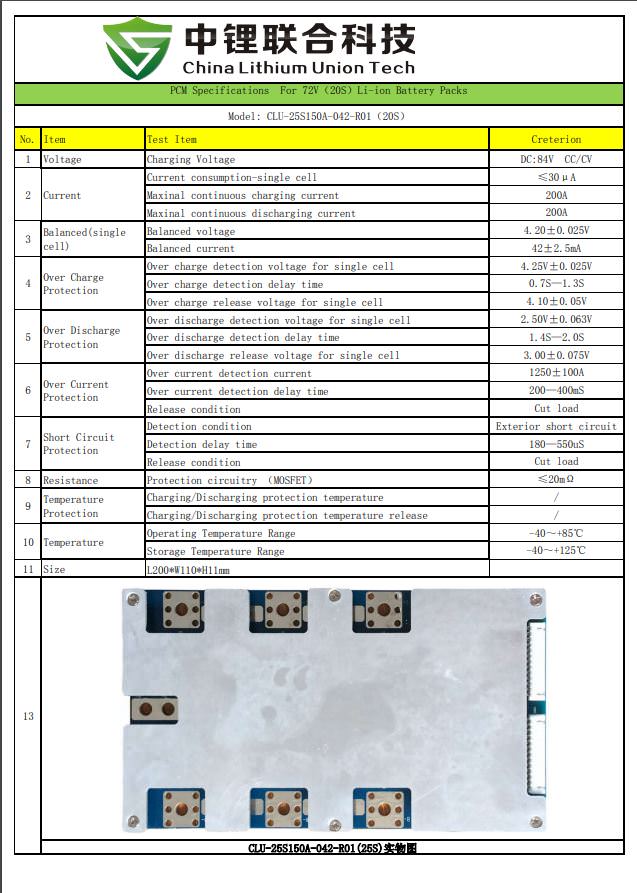jesus.....calm down dude...
if cells are IN BALANCE....you dont need "balancing"...
for sure we dont want to check all cells after every discharge, so a BMS is a must. priority is at first just safety. some videos are online what happens overcharging 18650.....they dont burn and are safe?....check it out...
if one cell starts to die, your "parallel" group starts to be weak because capacity is less.
iam no friend of stupid bms that even dont have LEDs on it that you never know whats goging on or how is your "health" of your battery.
so these BT BMS are the right step in the right direction. Adaptto was ...sry...atm IS the only one i know that shows your parallel groups cell voltages in your riding display. the "Pseudo" BMS from Adaptto is crap...but its the best way to check your cells and catch the early bird if something goes wrong.
anyway...izeman talks only about the difference that THIS BMS offers to balance "all time" or just when connected while charging.
if cells are IN BALANCE....you dont need "balancing"...
for sure we dont want to check all cells after every discharge, so a BMS is a must. priority is at first just safety. some videos are online what happens overcharging 18650.....they dont burn and are safe?....check it out...
if one cell starts to die, your "parallel" group starts to be weak because capacity is less.
iam no friend of stupid bms that even dont have LEDs on it that you never know whats goging on or how is your "health" of your battery.
so these BT BMS are the right step in the right direction. Adaptto was ...sry...atm IS the only one i know that shows your parallel groups cell voltages in your riding display. the "Pseudo" BMS from Adaptto is crap...but its the best way to check your cells and catch the early bird if something goes wrong.
anyway...izeman talks only about the difference that THIS BMS offers to balance "all time" or just when connected while charging.










